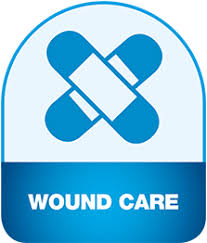
Holly Kirkland-Kyhn
University of California
Title: Hospital acquired pressure ulcers-vs-community acquired pressure ulcers- Etiology and prevention
Biography
Biography: Holly Kirkland-Kyhn
Abstract
Background: Why do Deep Tissue Injuries (DTIs) develop in critically ill patients, despite all Braden risk related interventions implemented on admission?
Methods: Twenty-five variables were collected over a 5-year period on all DTIs that evolved into pressure ulcers; 10 variables were identified as risk factors for the development of DTIs. The variable data was collected for patients with sacral DTIs (n=47) that evolved into stage 3, 4 or unstageable pressure ulcers. The general adult ICU patient data was collected for comparison (n=72). The analysis of the data was compared to determine specific parameters of patient related risk factors in patients who developed DTIs that evolved into stage 3, 4 or unstageable pressure injuries. Once all variables were entered into the model, a backwards regression was performed to find the most significant risk factors in the development of a DTI in ICU patients.
Results: We found a decrease in perfusion (hypotension) as the most significant contributor to DTI. Patients with diastolic blood pressure below 49mmHg had 10 times greater chance of developing a DTI. Patients on dialysis had 4 times greater chance of developing a DTI. Surgical patients were at higher risk of DTI; for every 1 hour in surgery the likelihood of a DTI
increased by 20%. We did not find any significant difference in the Braden Score between those patients that developed DTI and those patients who did not develop DTI
Conclusion: This study found that patients with low perfusion developed DTIs despite all Braden related nursing interventions

